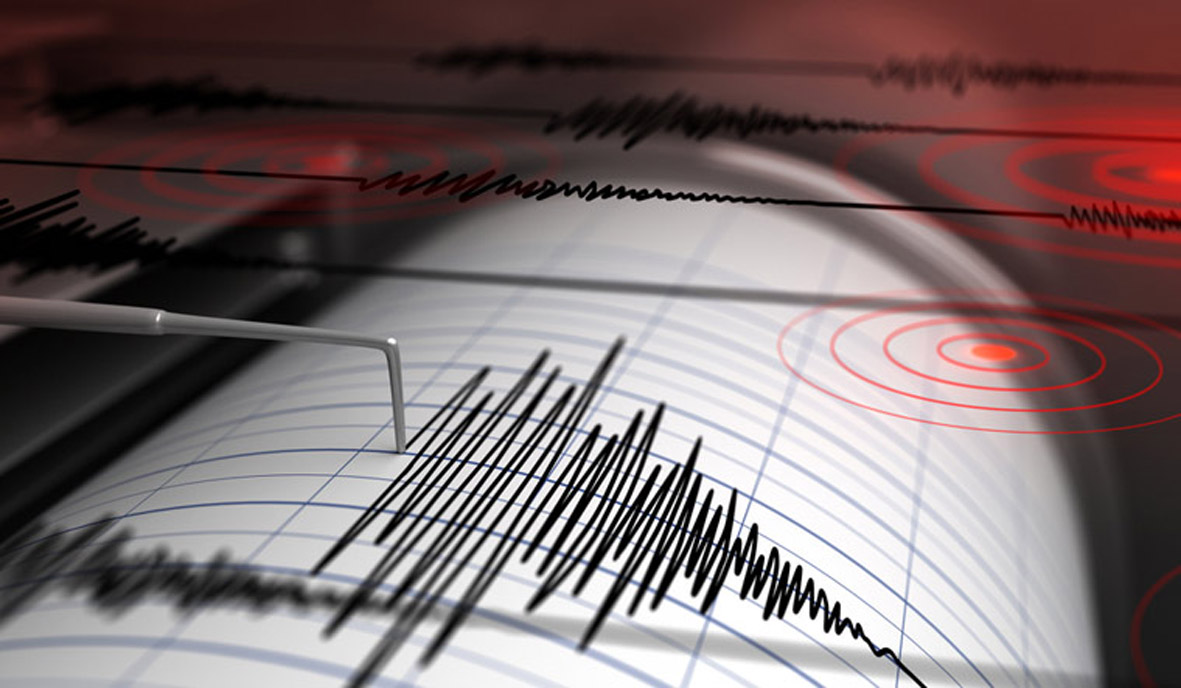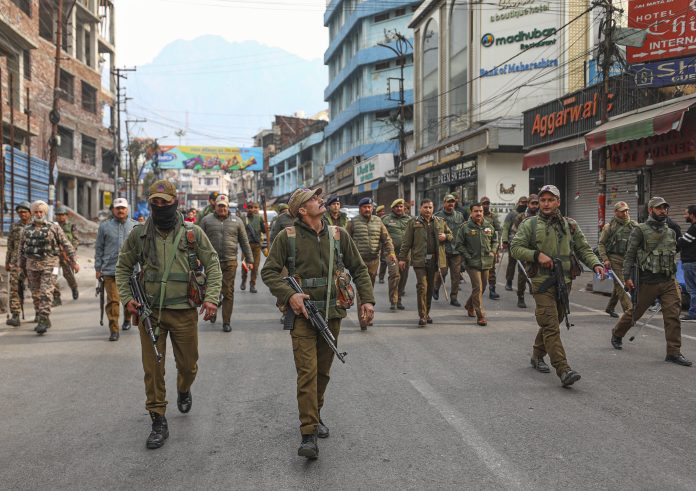JAMMU, Jun 19: The recent spate of mild earthquakes accompanied by aftershocks in Jammu and Kashmir’s Doda-Kishtwar region, particularly in the Bhadarwah Valley, has left residents in a state of panic and fear. However, seismic experts note that these small-scale earthquakes can actually help prevent larger disasters.
Neeraj Sharma, head of the Institute of Mountain Environment at its Bhaderwah campus, said the continuous occurrence of small-scale earthquakes and aftershocks can release tectonic stress, thus preventing major disasters.
“Large tectonic plates, including the Kishtwar fault and the Reasi fault, spread over millions of square kilometres in Jammu and Kashmir are very active. I believe the repeated earthquakes in the Bhaderwah region could be the result of the Kishtwar fault,” Sharma said.
He also expressed concern about the Reasi fault. Unlike the Kishtwar fault, the long-term stress build-up in the Reasi fault is not being released.
“If the small strains continue to develop and release energy in the form of mild earthquakes up to an intensity of 5 or 5.5, then we can say that we are relatively safe and the possibility of a larger earthquake is reduced,” he added.
The Doda district has experienced a series of tremors and aftershocks since Tuesday when the first earthquake of 5.4 magnitude shook the entire Chenab Valley. Ten tremors and aftershocks have been felt since then with the majority centred in or around the Bhaderwah Valley.
Numerous structures, including government buildings, schools, and residential houses, have suffered significant damage due to these tremors. Struggling to cope with the frequency of the tremors, residents are resorting to the use of wooden poles to support roofs and ensure safety.
Murtaza Ali Khan, a resident of Upper Dandi village in Bhaderwah, highlighting the difficulties faced by the affected families, said, “We are trying our best to support the cracked roofs with wooden poles. It is dangerous to reside in such a structure with a family but we have no other option as most houses in our neighborhood are in a similar state.”
Although the tremors have been of mild intensity, they have caused panic and brought back memories of the 2013 earthquakes when Bhaderwah Valley experienced 47 quakes within two months.
During that period, people were forced to seek shelter in the open or in tented accommodations for more than three months. Around 70 per cent of the residential structures had suffered partial damage.
The people of the Chenab Valley remain apprehensive of a major tremor, partly due to a study conducted by US scientists in 2015, they said.
The study predicted the possibility of a major earthquake in Jammu and Kashmir that can endanger the lives of up to a million people, according to the Oregon State University study. (Agencies)





No comments:
Post a Comment